Introduction:
Raw chicken is a staple in many kitchens, prized for its versatility and nutritional benefits. However, when it comes to food safety, correctly handling and storing raw chicken is crucial. Improper storage can lead to spoilage and foodborne illnesses. So, how long can raw chicken stay in the refrigerator? Let’s explore this topic in detail, considering factors like storage conditions, types of chicken, and best practices to ensure that your chicken stays safe and fresh.
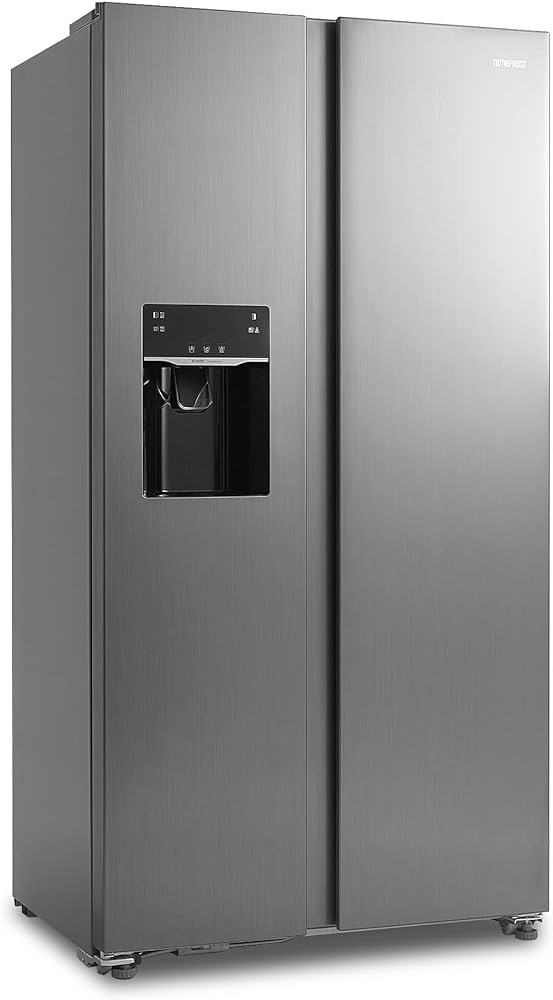
How Long Can Raw Chicken Stay in the Refrigerator?
Refrigeration Basics
Refrigeration slows down the growth of bacteria, helping to keep perishable foods like raw chicken fresh for longer periods. However, refrigeration only delays bacterial growth; it doesn’t stop it entirely.
Optimal Temperature: To keep raw chicken safe, it should be stored at a temperature of 40°F (4°C) or lower. Bacterial growth accelerates at temperatures above this threshold, making it essential to keep your refrigerator at the appropriate setting.
Air Circulation: Proper air circulation within the refrigerator helps maintain a consistent temperature, ensuring that all stored items, including raw chicken, remain adequately chilled. Avoid overcrowding the fridge to facilitate efficient air movement.
Shelf Life of Raw Chicken
Understanding the general shelf life of raw chicken can help you plan and manage your meal preparations more effectively.
Whole Chicken: Raw whole chicken can safely stay in the refrigerator for up to 2 days. After this period, the risk of bacterial growth increases significantly, making it less safe to consume.
Chicken Parts: Chicken parts, such as breasts, thighs, and wings, also have a similar shelf life of up to 2 days in the refrigerator. The risk of spoilage and contamination increases after this duration, so it’s crucial to use or freeze them promptly.
Ground Chicken: Ground chicken has a slightly shorter shelf life, typically lasting around 1 to 2 days in the refrigerator. The higher surface area of ground meat makes it more susceptible to bacterial contamination, necessitating quicker use.
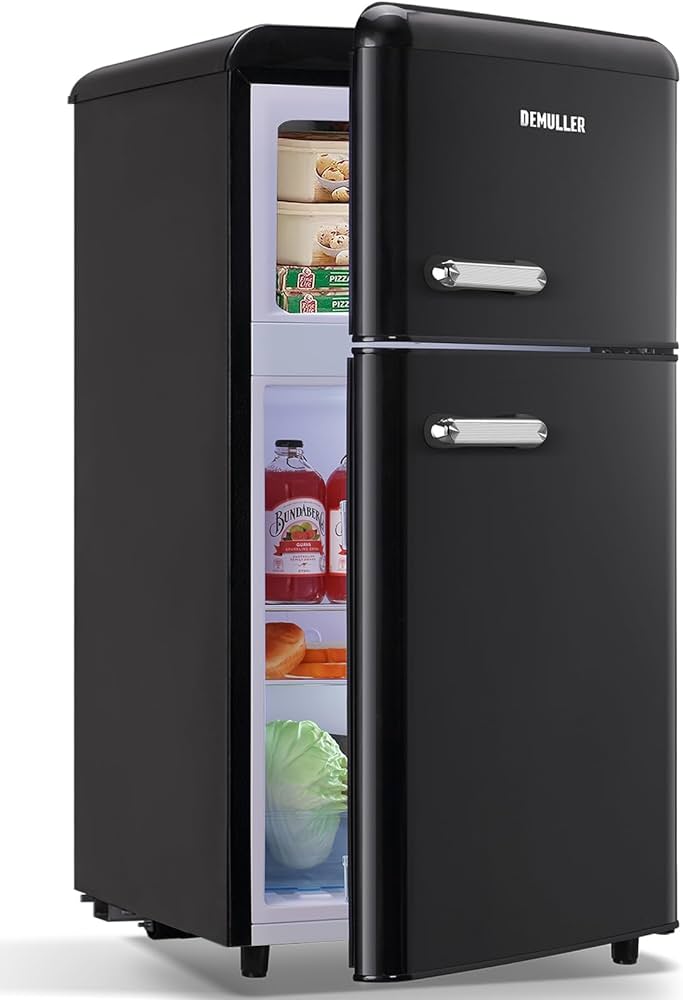
Factors Influencing Shelf Life
Several factors can influence how long raw chicken stays fresh in the refrigerator. Understanding these factors can help you make informed decisions about storage.
Packaging: The type and quality of packaging play a significant role in preserving raw chicken. Vacuum-sealed packages can extend the shelf life by reducing exposure to air and contaminants. Conversely, loosely wrapped chicken may spoil faster due to increased exposure to air and moisture.
Freshness at Purchase: The initial freshness of the raw chicken when purchased affects its shelf life. Always check the sell-by date and choose the freshest possible option. Chicken that is closer to its sell-by date will have a shorter shelf life once you bring it home.
Refrigerator Conditions: The overall condition of your refrigerator can impact the shelf life of raw chicken. Consistent temperature maintenance, cleanliness, and proper storage practices contribute to keeping chicken fresh for longer periods.
Best Practices for Storing Raw Chicken
Following best practices for storing raw chicken in the refrigerator can help ensure safety and extend its shelf life.
Original Packaging: Store raw chicken in its original packaging until you’re ready to use it. The packaging is designed to maintain freshness and prevent contamination. If you need to transfer it, use an airtight container or resealable plastic bag.
Placement in the Fridge: Store raw chicken on the bottom shelf of the refrigerator to prevent cross-contamination. Placing it on a lower shelf reduces the risk of its juices dripping onto other foods.
Separation from Ready-to-Eat Foods: Keep raw chicken separate from ready-to-eat foods, such as fruits and vegetables, to avoid cross-contamination. Using separate compartments or containers is an effective way to prevent this.
Wrapping and Sealing: If the original packaging is damaged, rewrap the chicken in plastic wrap or aluminum foil and place it in a resealable plastic bag. Ensure it is sealed tightly to prevent air exposure and contamination.
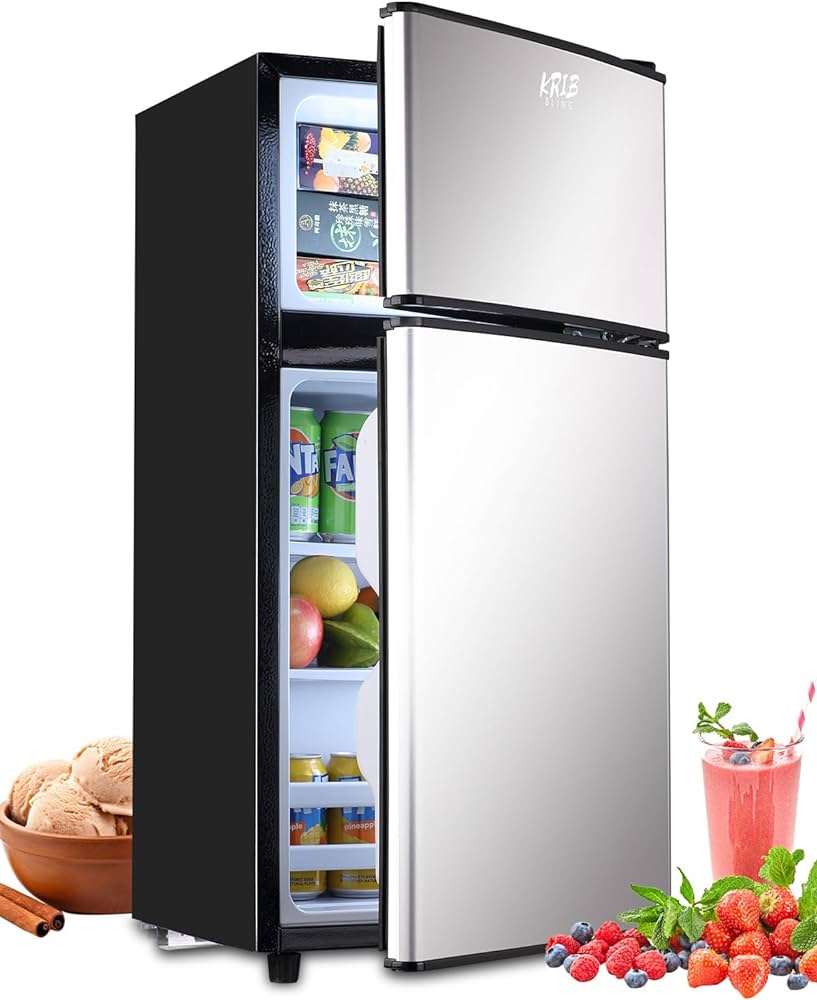
Signs of Spoilage
Recognizing signs of spoilage in raw chicken is vital to prevent consuming unsafe food. Being aware of these indicators can help you make better decisions about food safety.
Unpleasant Odor: One of the first signs of spoilage is an unpleasant, sour, or ammonia-like odor. If the chicken emits any strong, off-putting smell, it is best to discard it.
Color Changes: Fresh raw chicken should have a pink, flesh-colored hue. Discoloration to gray, green, or yellow indicates spoilage. Check for any unusual color changes before using the chicken.
Slimy Texture: Spoiled chicken often develops a slimy or sticky texture. If the chicken feels slimy to the touch, it is likely spoiled and should be thrown away.
Mold or Spots: Visible mold or dark spots on the chicken indicate that it has gone bad. Any such signs should prompt immediate disposal to avoid the risk of foodborne illness.
Freezing as an Alternative
Freezing raw chicken is an excellent alternative if you don’t plan to use it within the recommended refrigeration time. Proper freezing techniques can extend its shelf life significantly.
Freezing Times: When properly frozen, raw chicken can last up to 9 months for whole chickens and up to 6 months for chicken parts. Ground chicken can be safely frozen for up to 3 to 4 months.
Packaging for Freezing: For best results, wrap the chicken tightly in plastic wrap or aluminum foil, followed by a layer of freezer paper or a resealable plastic freezer bag. This prevents freezer burn and maintains quality.
Labeling: Always label the package with the date of freezing. This practice helps you keep track of how long the chicken has been stored and ensures you use it within the optimal period.
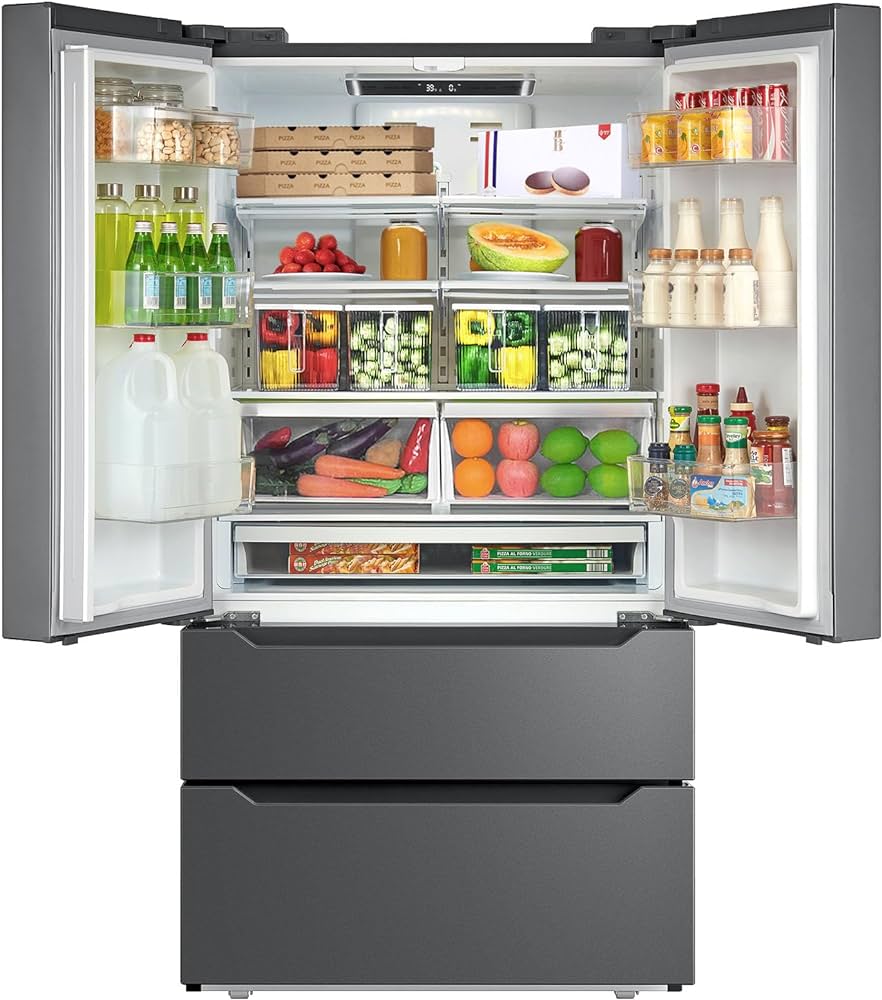
Thawing and Using Frozen Chicken
Proper thawing techniques are essential to ensure safety and maintain the quality of frozen raw chicken.
Refrigerator Thawing: The safest method for thawing frozen chicken is in the refrigerator. Place the chicken in a dish or on a tray to catch any drips. Allow 24 hours for every 4 to 5 pounds of chicken.
Cold Water Thawing: For quicker thawing, submerge the chicken in cold water, changing the water every 30 minutes. This method can take several hours, depending on the size of the chicken.
Microwave Thawing: Thawing in the microwave is the fastest method, but it requires immediate cooking to ensure safety. Use the defrost setting and follow your microwave’s instructions for best results.
Avoiding Contamination During Storage
Preventing contamination during the storage of raw chicken is crucial for maintaining food safety. Follow these guidelines to minimize the risk of bacterial transfer.
Hand Hygiene: Always wash your hands with soap and water before and after handling raw chicken to prevent the spread of bacteria.
Surface Cleaning: Clean and sanitize any surfaces, cutting boards, and utensils that come into contact with raw chicken. Use hot, soapy water followed by a disinfectant.
Separate Cutting Boards: Use separate cutting boards for raw chicken and other foods, especially ready-to-eat items, to prevent cross-contamination.
Proper Temperature: Ensure your refrigerator maintains a consistent temperature of 40°F (4°C) or lower. Use an appliance thermometer to monitor and adjust the temperature settings as needed.
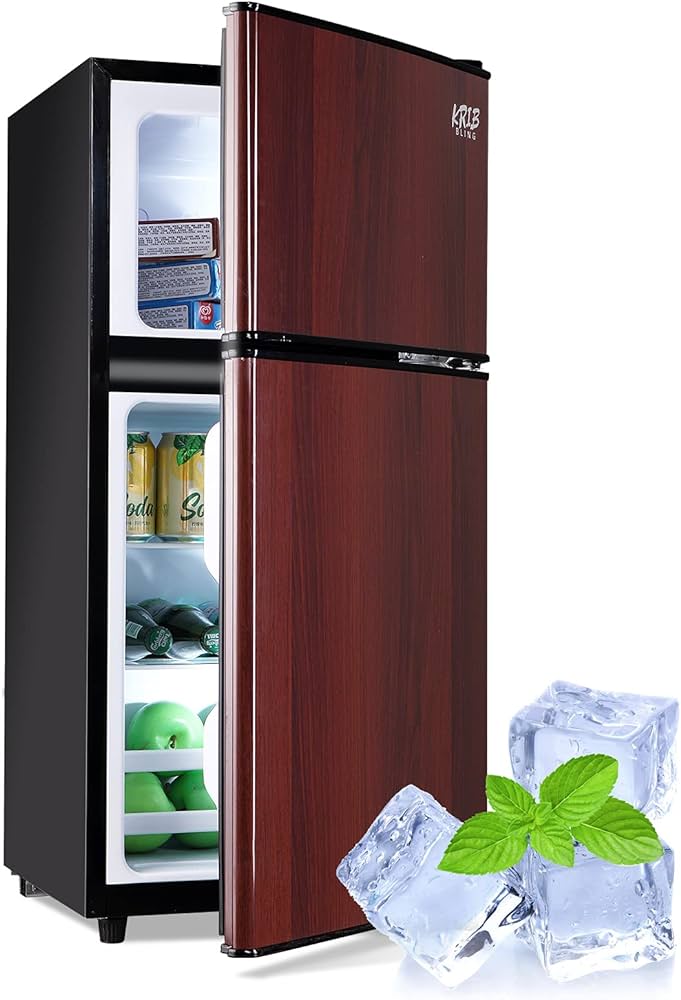
Conclusion
How long can raw chicken stay in the refrigerator? Generally, raw chicken can be safely refrigerated for up to 2 days. Adhering to best practices for storage, recognizing signs of spoilage, and using proper thawing techniques can help maintain both the safety and quality of raw chicken. By understanding the factors influencing shelf life, following proper storage guidelines, and utilizing freezing as an alternative, you can ensure that raw chicken remains safe to consume. Maintaining cleanliness and avoiding cross-contamination are also key components of responsible food handling. With these detailed insights, you can better manage your raw chicken, keeping your meals safe and delicious.
